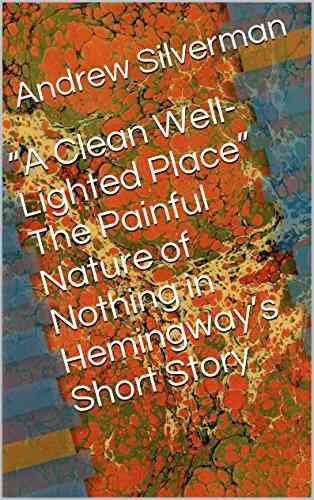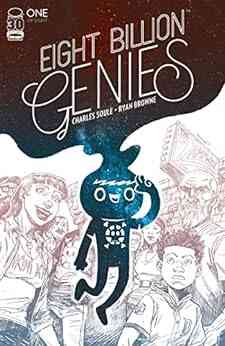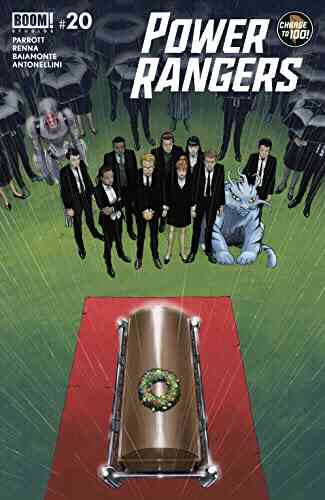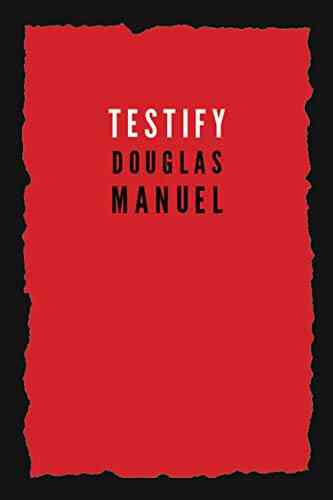The Painful Nature Of Nothing In Hemingway's "Clean Well Lighted Place" Short Story

Ernest Hemingway, known for his concise yet impactful writing style, presents a powerful exploration of existential nihilism and the human search for meaning in his short story, "A Clean Well Lighted Place." In this captivating narrative, Hemingway delves deep into the intricacies of human experiences and the suffering that stems from the void of nothingness.
The story revolves around three main characters: an old deaf man, a young waiter, and an older waiter. Through their interactions in a late-night café, Hemingway masterfully portrays the stark contrast between the despair of nothingness and the solace found in a clean, well-lighted place.
The Despair of Nothingness
Hemingway skillfully employs descriptive language to convey the deep sense of despair that arises from nothingness. The old deaf man, who frequents the café every night, represents the embodiment of this despair. He sits alone, drowning his sorrows in alcohol as he struggles to find meaning and purpose in a world that seems devoid of significance.
5 out of 5
| Language | : | English |
| File size | : | 826 KB |
| Text-to-Speech | : | Enabled |
| Screen Reader | : | Supported |
| Enhanced typesetting | : | Enabled |
| Word Wise | : | Enabled |
| Print length | : | 4 pages |
| Lending | : | Enabled |
The deaf man's isolation and desperation become evident as Hemingway describes the "shadow of leaves" and "the dust that hung in the air" outside the café. These vivid details mirror the suffocating emptiness that engulfs the deaf man's existence, amplifying his sense of alienation from the world around him.
Through the old deaf man, Hemingway exposes the painful reality of nihilism, the belief that life is devoid of objective meaning, purpose, or intrinsic value. With each passing night, the deaf man becomes more tormented by his own awareness of the void, highlighting the anguish that arises when confronted with the emptiness of existence.
The Solace of a Clean, Well-Lighted Place
In contrast to the deaf man's despair, the two waiters find solace in the clean, well-lighted café. They recognize the importance of creating a comforting environment, both for themselves and for patrons seeking refuge from the darkness of the world. The café becomes a sanctuary, a beacon of light that offers temporary respite from the painful nature of nothingness.
Hemingway's extensive descriptions of the café's cleanliness and illumination emphasize its significance as a sanctuary. He meticulously focuses on the details, such as the "polished glasses" and the "light is very good," to emphasize the importance of creating a clean, well-lighted place that can temporarily alleviate the existential torment plaguing the old deaf man and others who seek refuge within its walls.
The Search for Meaning
Throughout the story, Hemingway highlights the universal human search for meaning and purpose. The old deaf man epitomizes this desire as he attempts to find solace in alcohol, only to be left with a profound sense of emptiness. The young waiter represents the impatience and arrogance of youth, dismissing the old man's struggles and failing to understand the complexities of human suffering.
On the other hand, the older waiter demonstrates a deeper understanding of the human condition. He acknowledges the reality of despair and the need for a clean, well-lighted place to escape from it. Through his contemplative nature, the older waiter symbolizes the wisdom that comes with experience and the acceptance of life's inherent emptiness.
The Silence and Desolation of Nothingness
An essential element in Hemingway's exploration of nothingness is the use of silence and desolation. The pauses in the dialogue and the absence of unnecessary words create a palpable atmosphere that reflects the deafening void experienced by the characters.
By stripping away extraneous details, Hemingway intensifies the impact of his narrative. The stark emptiness felt within the café mirrors the existential hollowness that permeates the characters' lives. Through this stylistic choice, Hemingway portrays the painful nature of nothingness, as every silence amplifies the deafening noise of the void.
The Enduring Relevance
Although "A Clean Well Lighted Place" was written in the early 20th century, its exploration of the painful nature of nothingness remains relevant today. Hemingway's gripping depiction of existential despair and the human search for meaning resonates with readers across generations.
The story serves as a poignant reminder that in a world where profound questions of existence often go unanswered, finding solace in small moments and creating clean, well-lighted places becomes vital for our emotional well-being. Hemingway's masterpiece continues to engage readers, forcing them to confront the painful reality of nothingness and ultimately inspiring them to seek meaning wherever they can find it.
5 out of 5
| Language | : | English |
| File size | : | 826 KB |
| Text-to-Speech | : | Enabled |
| Screen Reader | : | Supported |
| Enhanced typesetting | : | Enabled |
| Word Wise | : | Enabled |
| Print length | : | 4 pages |
| Lending | : | Enabled |
Several times in my career as a student I was required to write papers that were longer than the material I was writing about. This seems obvious enough; imagine how many words have been written about Hamlet's "To be or not to be" soliloquy. One paper was about Blake's poem, "The Sick Rose," all 34 words of it; yet the paper ran to several pages. A more recent example involved writing about Hemingway's very short story, "A Clean Well-Lighted Place." The story runs less than four pages in The Complete Short Stories of Ernest Hemingway, yet I managed to write about five pages about the story which I believe explicate the tale very well. I make it available here to those who love Hemingway and are looking for a window into how to see and describe the many facets of the tiny jewels that some of his stories seem to be. This paper was written for a graduate level class in Short Fiction and is a strong example of the goal I eventually set for myself of writing papers without secondary sources--that is to say, presenting my own reading of a work as a satisfactory examination. This is a practice I encourage students to work towards as long as the professor has not set requirements that contradict this approach, such as you must use such and such number of various sources. But primarily, I think it is an insightful analysis of this tale.
Do you want to contribute by writing guest posts on this blog?
Please contact us and send us a resume of previous articles that you have written.




















Light bulbAdvertise smarter! Our strategic ad space ensures maximum exposure. Reserve your spot today!

 Kenzaburō ŌeEven Given The Worthless Appraiser Class Actually The Strongest Vol. - The...
Kenzaburō ŌeEven Given The Worthless Appraiser Class Actually The Strongest Vol. - The...
 Holden BellThe Extraordinary Journey of Love and Betrayal: An Iniquus Action Adventure...
Holden BellThe Extraordinary Journey of Love and Betrayal: An Iniquus Action Adventure...
 Stephen KingUnleashing the Power of Storytelling: Engaging Read Alouds for Kids of All...
Stephen KingUnleashing the Power of Storytelling: Engaging Read Alouds for Kids of All... Xavier BellFollow ·11k
Xavier BellFollow ·11k Mike HayesFollow ·14.3k
Mike HayesFollow ·14.3k Dwayne MitchellFollow ·4.3k
Dwayne MitchellFollow ·4.3k Terry BellFollow ·15.7k
Terry BellFollow ·15.7k Joel MitchellFollow ·13k
Joel MitchellFollow ·13k George R.R. MartinFollow ·18.7k
George R.R. MartinFollow ·18.7k Oliver FosterFollow ·16.3k
Oliver FosterFollow ·16.3k Leon FosterFollow ·9.2k
Leon FosterFollow ·9.2k

 Dwayne Mitchell
Dwayne MitchellSaving The Maldives: The Floating Island
The Maldives, known for...

 Ethan Mitchell
Ethan MitchellManaging The Production Hour: Mastering Efficiency and...
As businesses strive to meet growing demands...

 Virginia Woolf
Virginia WoolfThe Food Lab: Better Home Cooking Through Science
Have you ever wondered why some...

 Jeff Foster
Jeff FosterThe Darling Songbirds: The Songbirds of Darling Bay
When it comes to enchanting melodies and...
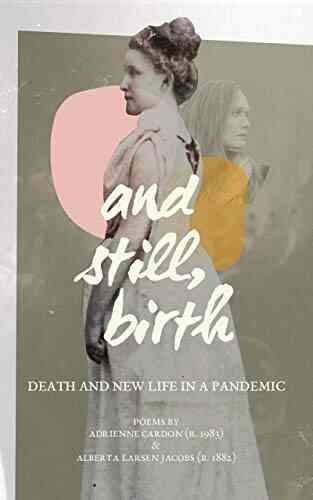
 Eli Blair
Eli BlairDeath And New Life In Pandemic
The COVID-19 pandemic has brought about...

 Dave Simmons
Dave SimmonsThe Unstoppable Nathan Run: A Thrilling Journey Into John...
When it comes to gripping thriller novels,...

 Amir Simmons
Amir SimmonsDistant Horizon Backyard Starship: Exploring the Cosmos...
The mysteries of the universe...
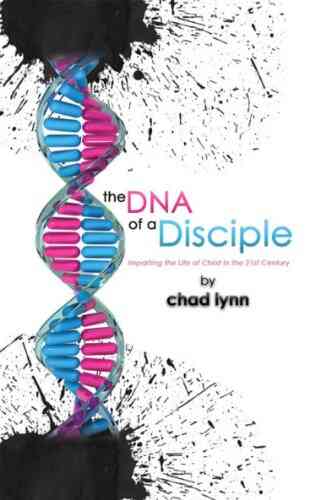
 Simon Mitchell
Simon MitchellUnveiling the Secrets: The DNA of a Disciple - A...
Do you ever wonder what it takes to become a...

 Samuel Taylor Coleridge
Samuel Taylor ColeridgeThe Epic Tale of Snake River Slaughter: Matt Jensen, The...
The Snake River, winding through the...
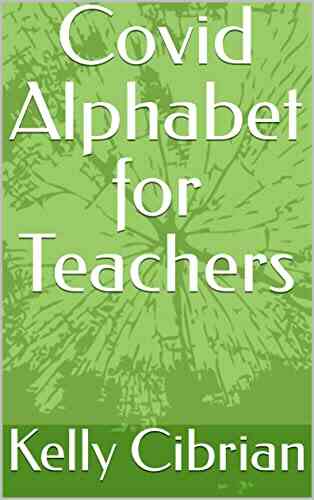
 Ray Blair
Ray BlairThe Ultimate Covid Alphabet For Teachers: The Key to a...
With the Covid-19 pandemic still ongoing,...

 Gage Hayes
Gage HayesFor The Sake Of Family: Why Prioritizing Our Loved Ones...
Family is the backbone of...
5 out of 5
| Language | : | English |
| File size | : | 826 KB |
| Text-to-Speech | : | Enabled |
| Screen Reader | : | Supported |
| Enhanced typesetting | : | Enabled |
| Word Wise | : | Enabled |
| Print length | : | 4 pages |
| Lending | : | Enabled |


